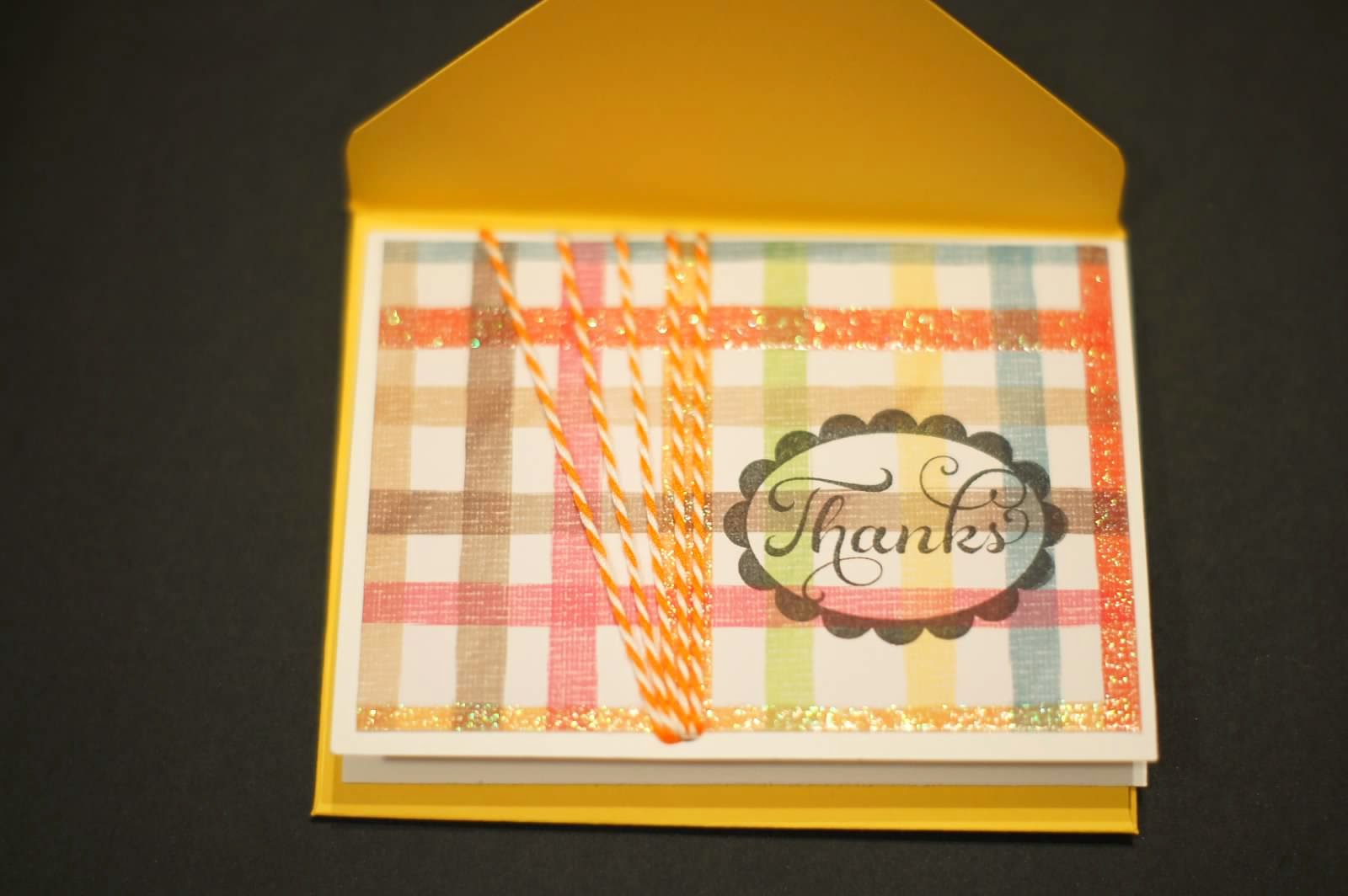A weird idea I got for homemade Christmas was to make a box of cards for people to use. There were days I thought this was going to be a great idea ("handmade stationary for many occasions!"), and other days I thought it was really dumb ("who would want a card that I made to give to someone else?"). I landed on "OK, some people might actually like that" and gave boxes of handmade cards to people. Who knows they might all end up in the trash without being sent. LOL.
Really, I love making cards so much and I don't have enough people or occasions to feed my need. Ha! So here we go:
A-2. I love this card. Card stock base is a Recollections prefolded card and envelope in craft paper. "Hello" is red vinyl with a gold shimmer DCWV offset. The background paper is some random script printed paper from a 12x12 book (don't remember the brand). Washi tape embellish layered with a strip of white vellum.
A-2. This was an exercise in patience. The base is a grey linen from a set of pre-folded A-2 cards, and the background is actually another card from the set that I deconstructed because the greys matched. The typewriter is sketch pen on the SIL (the black shimmer pen) and the design was originally from the SIL store. I did this sketch on an off-white cardstock - several of them did not turn out on the SIL because the ink would 'skip' occasionally which is incredibly annoying. I ended up with only 4 I could use, so it was worth it. The little typewriter design is amazing. The offset is black card stock.
Small Cards - Several Designs - Same Paper, some stamps and string!
These were all inspired by some crazy lined, glitter pattern paper from a 12x12 book I grabbed at Michaels on sale (are we sensing a theme here?). I matched up yellow and pink card stock and measured and cut out 2x3 folded cards and kept on trucking from there. You'll note on this one I punched out an ampersand and embroidered it in blue.
Each card was a little different - I used various sentiments like "hello", "thanks" and "congrats".A few of these were embroidered and others were just tied with baking twine.
I then made envelopes for all of the cards with the WRMK envelope punch board. My preferred glue for envelopes that are made with card stock is SU fast fuse. It works instantly and holds the extra weight of the 65 lb stock.
What is the good of being crafty if you cannot do nerdy things? One of my gift recipients and I have a running joke that we exchange David Bowie themed gifts. It has taken some really funny turns. Here is a card box I made with white vinyl:
 |
Yes, this was as hard as it looks. Days on the design and high blood pressure getting the vinyl to cut correctly. WORTH IT.
And here is an adorable Labyrinth themed card:
A-2. This is a brown linen-style card stock base. The lettering is black vinyl with a white card stock offset that I created after cutting the vinyl. The shimmery blue is DCWV and it is embossed with a cool folder received as a gift that is neither Sizzix or Darice (cannot remember the brand!). The labyrinth worm was printed and cut out with scissors, along with the blue offset.
Finally, for good measure because I thought the recipient would like some additional nerdiness, a JRRT card centered around JRRT's original Smaug drawing. 5x7 postcard in black. Smaug in black vinyl with a white card stock offset. Gold text frame and tea-stained sentiment.

























